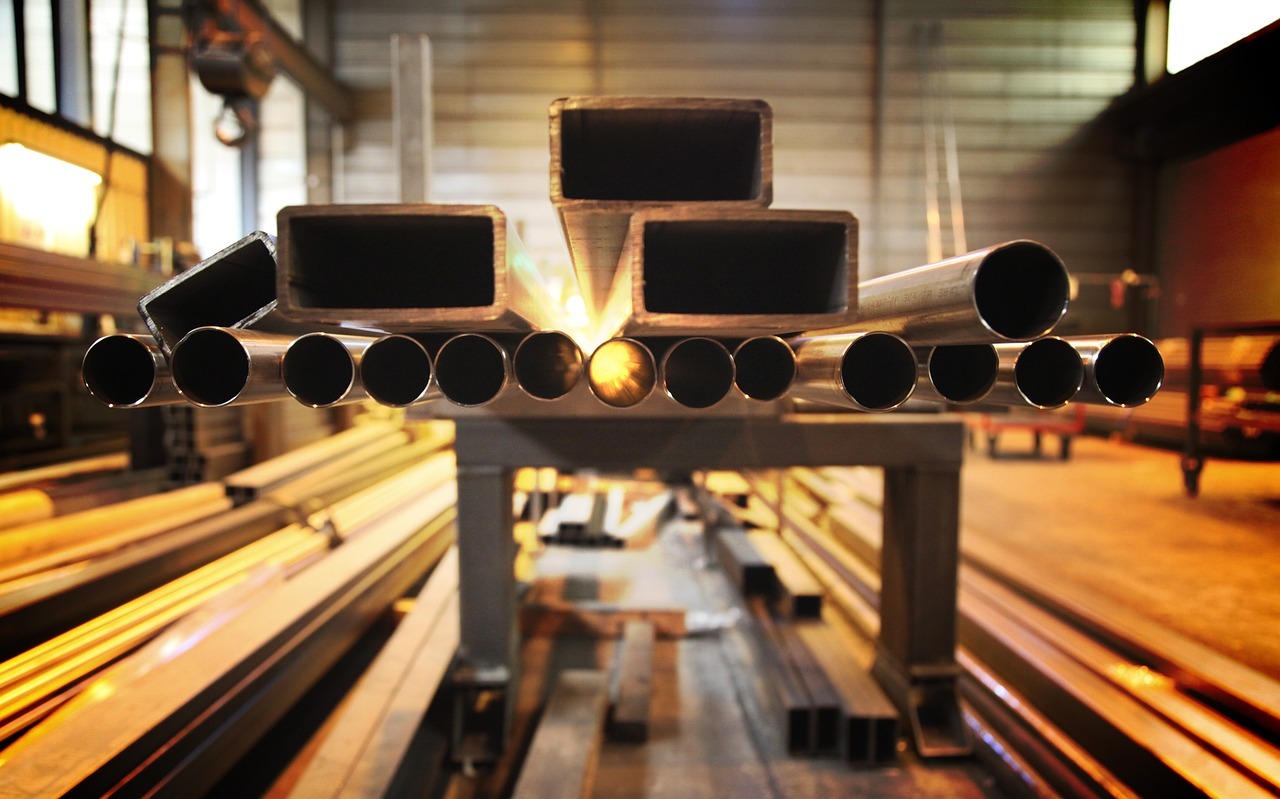Supply chain and raw material availability
The supply chain of stainless steel is intricate, involving various stages from raw material extraction to final product delivery. Key raw materials such as nickel, chromium, and molybdenum play a vital role in stainless steel production. The availability and prices of these materials significantly impact the overall cost and supply of stainless steel in the market.
Global mining operations and geopolitical factors often influence the availability of these raw materials. For instance, major nickel producers such as Indonesia and the Philippines have substantial control over the market, and any changes in their export policies can lead to price volatility. Similarly, chromium supply from countries like South Africa can be affected by political instability and labor strikes.
Moreover, the transportation and logistics involved in the supply chain can affect delivery times and costs. Efficient supply chain management is critical for manufacturers to maintain competitive pricing and meet customer demand. Companies are increasingly focusing on diversifying their raw material sources and optimizing their supply chains to mitigate risks associated with supply disruptions.
Technological advancements in production
Technological innovations have revolutionized stainless steel production, leading to improved quality, reduced costs, and enhanced sustainability. Advanced manufacturing techniques such as continuous casting, vacuum induction melting, and precision rolling have enabled producers to achieve higher efficiency and consistency in their products.
Automation and digitalization are also playing a significant role in modernizing stainless steel production. Smart factories equipped with IoT devices, artificial intelligence, and machine learning algorithms are optimizing production processes, reducing waste, and increasing output. These technologies provide real-time monitoring and predictive maintenance, ensuring smooth operations and minimizing downtime.
Furthermore, research and development efforts are focusing on creating new stainless steel alloys with enhanced properties tailored for specific applications. Innovations in alloy compositions and surface treatments are expanding the possibilities for stainless steel use in various industries. As technology continues to advance, the stainless steel market is poised to benefit from increased productivity and new product offerings.
Market demand and applications
The demand for stainless steel is driven by its extensive range of applications across multiple industries. In the construction sector, stainless steel is used for its durability, aesthetic appeal, and low maintenance requirements. Architectural projects, bridges, and infrastructure developments heavily rely on stainless steel for structural and decorative purposes.
The automotive industry is another significant consumer of stainless steel, utilizing it for manufacturing exhaust systems, fuel tanks, and structural components. Its resistance to corrosion and high temperatures makes it an ideal material for critical automotive parts, contributing to vehicle longevity and safety.
Additionally, stainless steel is prevalent in the manufacturing of consumer goods such as kitchen appliances, cutlery, and medical instruments. Its hygienic properties and ease of cleaning make it suitable for applications requiring high standards of cleanliness. The ongoing development of new applications continues to drive the demand for stainless steel, ensuring its relevance in diverse markets.
Environmental and regulatory factors
Environmental concerns and regulatory policies are increasingly influencing the stainless steel market. The production of stainless steel involves significant energy consumption and carbon emissions, prompting the industry to adopt more sustainable practices. Regulations aimed at reducing environmental impact are driving manufacturers to invest in cleaner technologies and energy-efficient processes.
Recycling plays a crucial role in the stainless steel industry, as it not only conserves natural resources but also reduces energy consumption and emissions. Stainless steel is highly recyclable, and the industry has made substantial efforts to increase the recycling rate. Utilizing scrap metal in production reduces the need for virgin raw materials and contributes to a circular economy.
Compliance with environmental regulations is becoming a critical factor for market competitiveness. Companies that prioritize sustainability and adhere to stringent environmental standards are likely to gain a competitive edge. As environmental awareness grows, the stainless steel market is expected to align more closely with sustainable development goals.
Global market trends and forecast
The global stainless steel market is witnessing dynamic trends shaped by economic conditions, technological advancements, and changing consumer preferences. Emerging economies, particularly in Asia-Pacific, are experiencing robust growth in stainless steel demand due to rapid industrialization and urbanization. Countries like China and India are major contributors to the market's expansion.
Technological innovations and the development of high-performance stainless steel grades are opening new avenues for market growth. The aerospace, defense, and renewable energy sectors are increasingly incorporating stainless steel in their applications, driving demand for specialized products. The shift towards lightweight and high-strength materials in these industries further boosts the market.
Looking ahead, the stainless steel market is expected to continue its growth trajectory, supported by ongoing infrastructure projects, advancements in manufacturing technologies, and increasing emphasis on sustainability. Market participants will need to stay abreast of these trends and adapt their strategies to capitalize on emerging opportunities and navigate potential challenges.
The stainless steel market is a dynamic and evolving landscape influenced by a myriad of factors ranging from raw material availability to technological advancements and regulatory policies. Its significance across various industries underscores the importance of understanding market dynamics to make informed decisions - rollsteel.eu.
Technological innovations, environmental considerations, and global market trends are key drivers shaping the future of the stainless steel industry. Companies that embrace these changes and invest in sustainable practices are likely to thrive in this competitive market. As the demand for stainless steel continues to rise, the industry must remain agile and forward-thinking.
Ultimately, the stainless steel market offers numerous opportunities for growth and development. By staying informed about market dynamics and leveraging technological advancements, stakeholders can navigate the complexities of the market and achieve long-term success. The future of the stainless steel market looks promising, with ongoing innovations and a commitment to sustainability paving the way for continued expansion.





